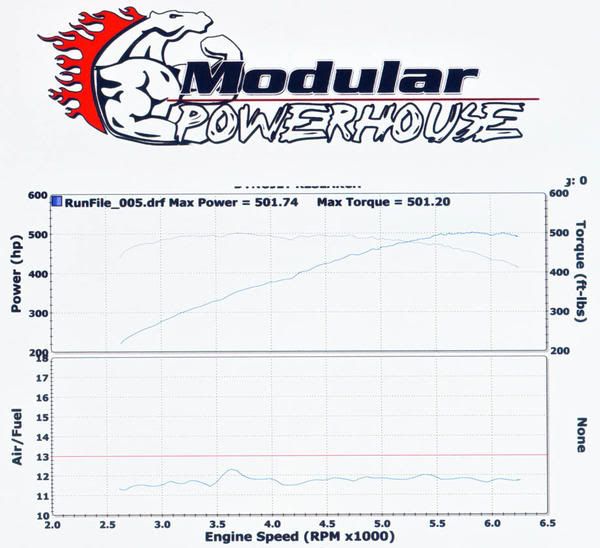quiksilver81
New member
heres everything you need to know about a supercharger pretty much. http://www.popularhotrodding.com/enginemasters/articles/hardcore/0411em_super/index.html
Follow along with the video below to see how to install our site as a web app on your home screen.
Note: This feature may not be available in some browsers.
BMW645 said:So question for you guys. Is a centrifugal supercharger the most compact of the super chargers? And if not the most compact, the most conveniently shaped charger out there?
BMW645 said:I wanna put a twin-screw supercharger (Whipple), but there really isn't any space underneath my hood. I think the only option I have is a centrifugal charger.
BMW645 said:Now, I've read the difference between the 3 main kinds of super chargers: centrifugal, roots, and twin screw, but I'm wondering if anyone who has used 2 or 3 of the 3, can tell me the difference between in terms of driving experience, longevity, etc, and which would they prefer.

JDookie said:There has been some great info on this topic so far, so I will just add a little bit of my experiences for you.
Here's my take on all this. For a street driven car, I'd go with a twin screw hands down. For a drag race car, I'd go with a centrifugal hand's down. For my competition's car, I'd go with a roots.
Last but not least. I don't care what power adder you buy, if you don't get your car tuned correctly, you will have nothing but problems and will never be happy. It's all in the tuning, remember that.
BMW645 said:Thanks guys for all the information. Now, when you placed this charger in, how did you get your car tuned? Did you go to a tuner? Or did you do it yourself? How do you change the fuel/air mixture maps? Can you even get any sort of performance boost by install a blower without changing your air/fuel mixture?
Also, I got a V8 car, how bad would the parasitic lag be? Is it even noticeable on a V8 car, even after getting it 'chipped'? I mean, you can chip your car to get like an extra 30HP, then put the charger in. The charger would give say, -20hp lag. But when considering both, you still get at least 10HP throughout the whole RPM range, right?
Is that how it works?
Also, what's a good book to learn the basics of combustion engines, but then takes me to an intermediary level of knowledge? Thanks.
the other pc said:The only guy I know with a supercharged daily driver has a factory stock Pontiac Grand Prix with the 3.8L V6 and Roots (Eaton) blower. The blower drive bearings puked after around 30k miles and the dealer had to replace the entire unit. Luckily he had an extended warranty that covered it. Don't know how common that is, maybe he just got lucky.
PC.
